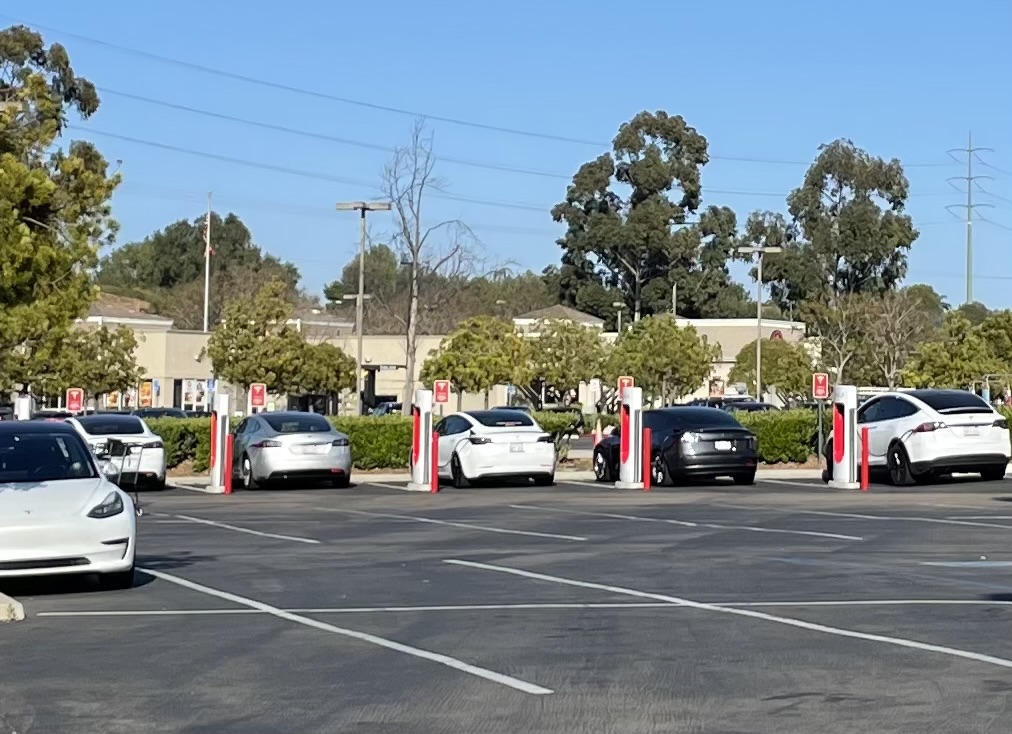Electric vehicles, or EVs, are not new. Inventors in multiple nations, including Hungary, the Netherlands, and the United States were conceptualizing and developing small electric motors for vehicles in the early 19th century. French and English innovators constructed practical EVs in the second half of the 19th century. In the United States, William Morrison turned out the first EV in 1890.
However, EVs are now gaining widespread interest and popularity due to their sustainable operation. Quality EVs are more widely available, and, along with hybrid models, are growing more numerous on the roads. Charging EVs is easy with an EV battery charging cable and the right knowledge.
Table of Contents
Understand The Different Levels of Charging
Just as petroleum-powered vehicles have different types of engines that require varying fuels, EVs have multiple levels of charging. In many places, public charging stations are available, making it easy for travelers with EVs to stay moving. These public stations are often placed near shopping centers, restaurants, and vehicle parking areas.
Level 1
Level 1 EV charging is through a standard 120-volt wall outlet. This charge level is the slowest. Completely charging a total EV can take from 20 to about 43 hours. Charging a plug-in hybrid engine with this level will take several hours.
Level 2
This is the typical type of public EV charging station. Level 2 is also generally found in home and service garage EV plugs. Level 2 stations can charge an empty battery in about five to 11 hours.
Level 3
Some public chargers are Level 3 stations, which are also called DC Fast Chargers, or DCFCs. These stations can charge empty batteries to 80% in 30 minutes to one hour. However, not every EV can use these types of charging stations.
Furthermore, Level 3 stations should be used to quick-charge an electric engine to 80%. After that point, the charging process can slow down. For a complete charge, the EV needs to be switched to a Level 2 charge. When charging your vehicle, you need to choose the best EV battery charging cable for your particular needs.
Take Advantage of Home Charging
Generally, EVs are sold with a Level 1 charger for home charging. However, to get the most out of an EV, industry insiders recommend using a Level 2 charger. These chargers require 240-volt outlets, which should be installed only by a knowledgeable electrician.
There are multiple benefits to charging an EV at home, including:
- Start the day charged completely, usually eliminating the need for public charging during a typical day’s use
- Avoid charging costs, as using home electricity generally costs less than the expense of public chargers
- Save time, as fully charged EVs usually do not require public charging for daily errands
Home charging is most effective with a Level 2 station. Be sure and use a high-quality EV home charger that is developed for your needs.
EVs are a great option for sustainable transportation. Communities and consumers are increasingly becoming adapted to EVs. Public charging stations are helpful. To make the most of an EV, however, opt for home charging by shopping for necessary equipment at a trusted auto parts store.
